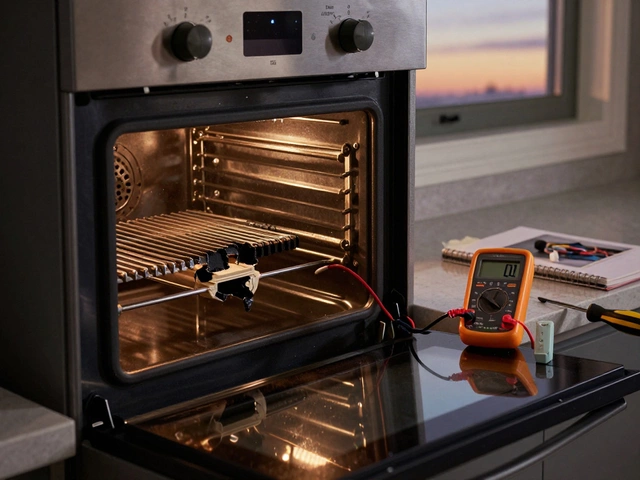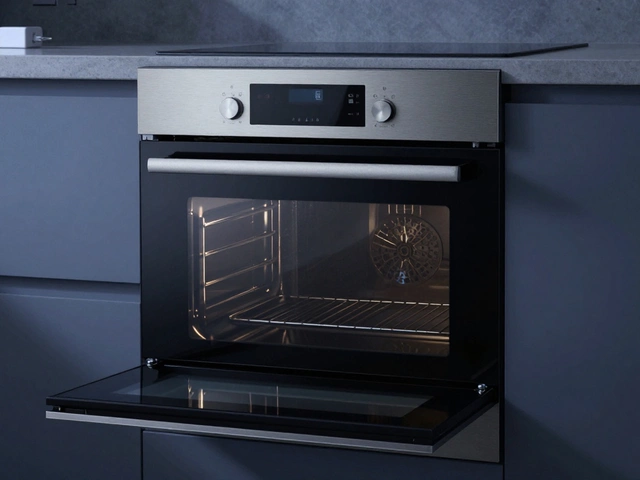Extractor Fan Testing: How to Keep Your Home’s Airflow in Check
Did you know a mis‑tested extractor fan can waste up to 30% more energy and let moisture damage your walls? When working with extractor fan testing, the process of measuring a fan’s airflow, noise, and efficiency to confirm it meets safety and performance standards. Also known as fan performance check, it helps keep kitchens and bathrooms free of excess humidity and odors. The test itself relies on the extractor fan, a mechanical device that moves moist air out of a room and the overall ventilation, the flow of fresh air into and out of a space strategy you’ve installed. By confirming the fan works as designed, you avoid costly repairs, comply with UK building regulations, and protect indoor air quality.
Key Factors in Extractor Fan Testing
The heart of any test is airflow. Professionals measure cubic feet per minute (CFM) with an anemometer to see if the fan moves enough air for the room size. Extractor fan testing also looks at noise levels; a sound meter records decibels so you can spot fans that are too loud for a bedroom or open‑plan kitchen. Different fan types—recirculating, ducted, or inline—have distinct performance curves, so the test must match the fan’s design. Temperature, humidity, and duct length all influence results, which is why a thorough check includes a quick visual inspection of the ductwork for blockages or leaks. In the UK, Approved Document F calls for a minimum extraction rate of 15 L/s per m² of floor area in kitchens; confirming that rate during testing keeps you on the right side of the law.
Running a proper test is straightforward once you have the right tools. Start by sealing doors and windows, then switch the fan on at its highest setting. Use the anemometer at the grill or duct outlet to record CFM, and compare it to the manufacturer’s spec sheet. Next, place the sound meter a foot away from the fan to capture the noise rating; anything above 40 dB may be uncomfortable for occupants. Finally, check the fan’s start‑up delay and auto‑shutdown features—these safety mechanisms are part of the compliance checklist. If any measurement falls short, you know exactly where to act: clean the filter, straighten the duct, or replace an under‑performing motor. Below you’ll find articles that walk you through buying the right fan, troubleshooting common problems, and understanding when you need a certified electrician or ventilation specialist.
Testing a kitchen extractor fan might seem daunting, but it's a crucial part of keeping your kitchen fresh and smoke-free. This article breaks down practical steps to check if your fan is working properly, including simple tests you can do without expert help. You'll learn to identify common problems and understand when it’s time to call a professional. Whether you’re tackling it alone or seeking preventative measures, this guide will help ensure your kitchen ventilation is in top shape.


